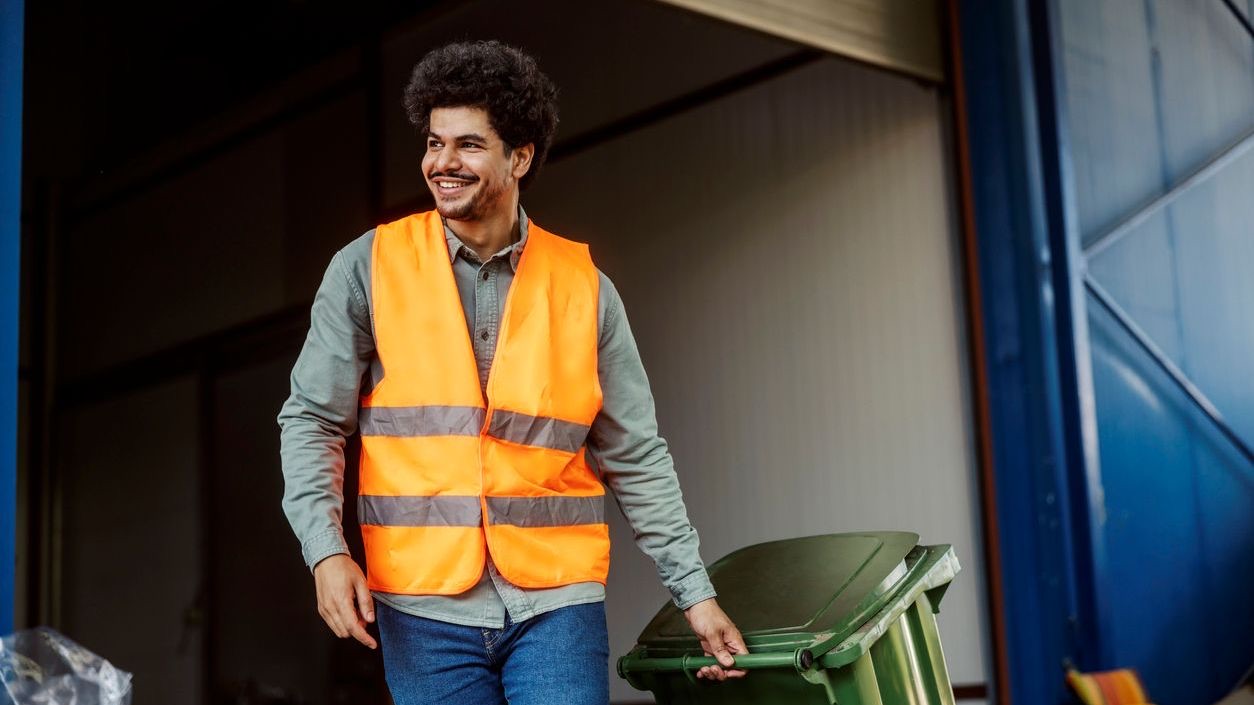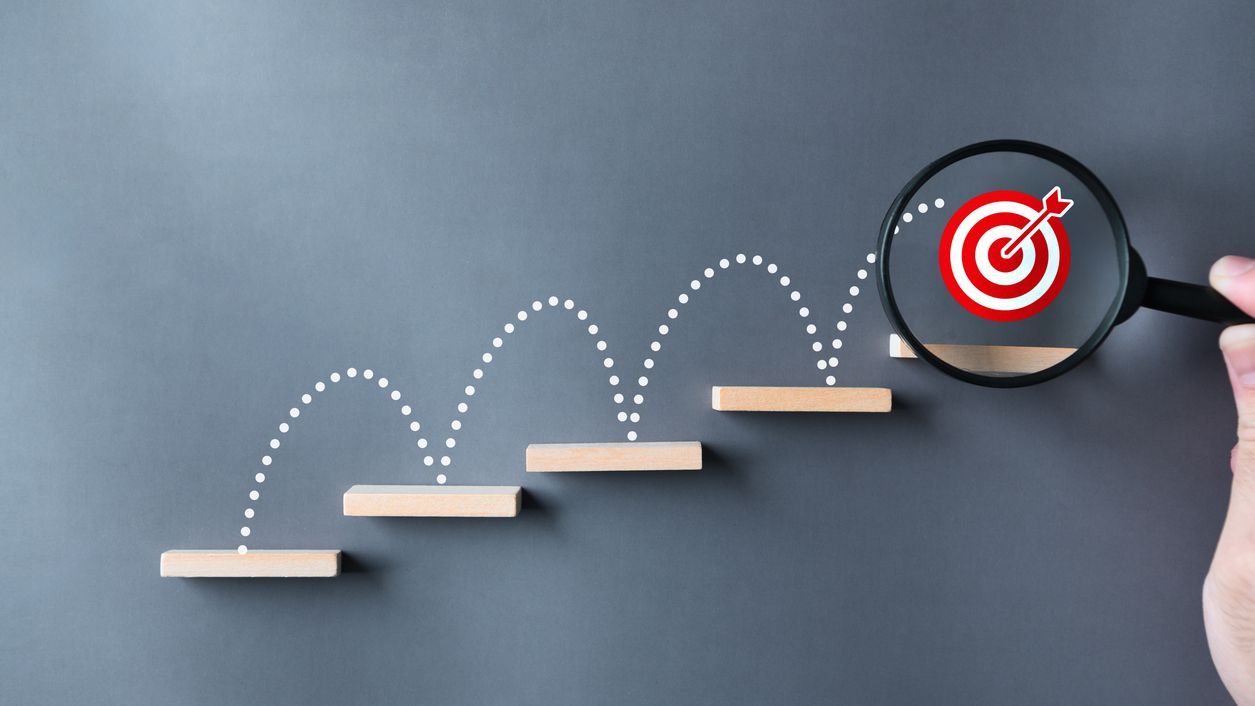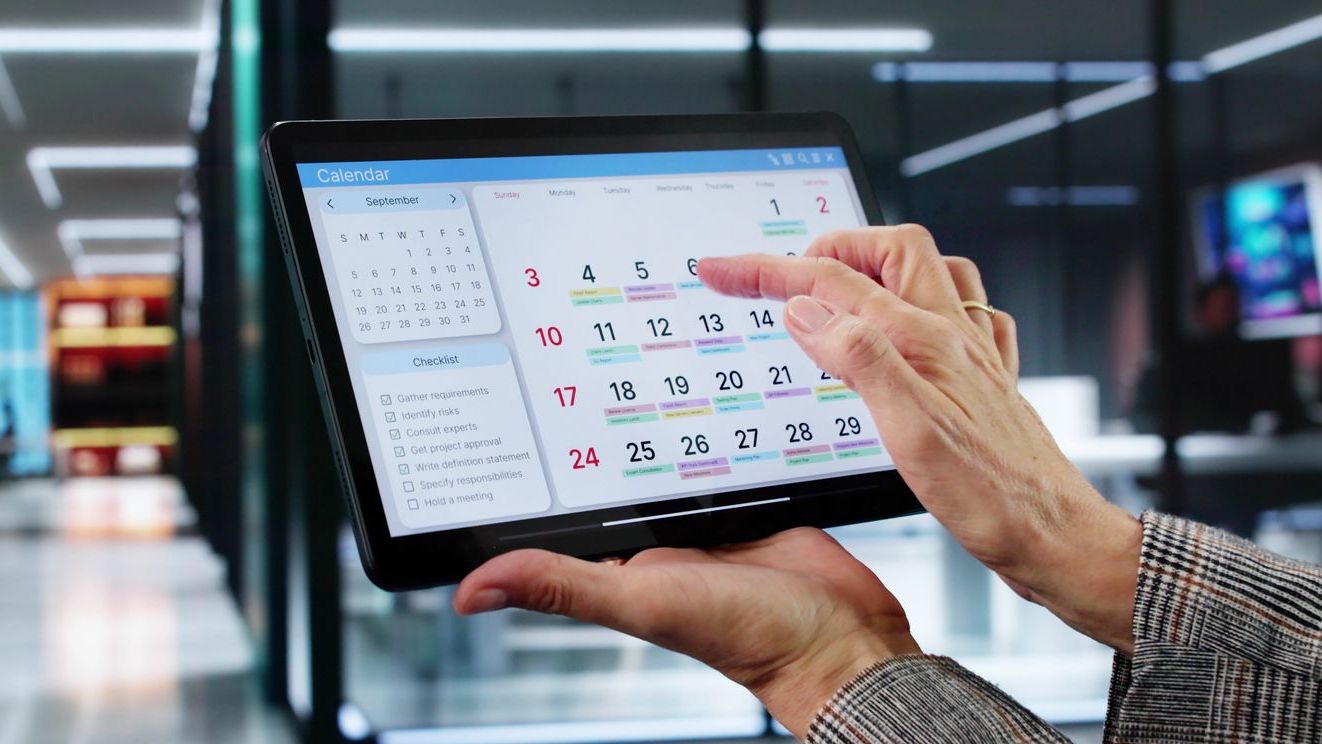Commercial roof inspection has evolved significantly in recent years, with drone technology revolutionizing how facilities maintenance professionals in Ogden, Utah approach this critical task. Drones equipped with high-definition cameras, thermal imaging sensors, and advanced analytics software now provide unprecedented access to roof conditions without the traditional risks associated with manual inspections. For facility managers in Ogden’s diverse commercial landscape—from manufacturing facilities to retail centers, warehouses, and office buildings—drone inspections offer a safer, more efficient, and cost-effective solution for maintaining roof integrity throughout Utah’s challenging seasonal weather patterns. The unique mountainous environment of Ogden, with its heavy winter snowfall, spring runoff, intense summer heat, and fall temperature fluctuations, makes regular roof inspections essential for preventing costly damage and extending roof lifespan.
Implementing drone technology for commercial roof inspections represents a strategic investment in proactive maintenance planning. Facility managers can leverage the detailed imagery and data collected to identify potential issues before they become major problems, efficiently optimize maintenance schedules, and make informed decisions about repair priorities. In Ogden’s business districts, where many commercial buildings feature complex roofing systems, drone inspections provide comprehensive documentation that helps maintain building integrity while ensuring regulatory compliance and supporting insurance requirements. This technology-driven approach aligns perfectly with modern facility management’s need for data-backed decision-making and resource optimization.
Key Benefits of Commercial Drone Roof Inspections in Ogden
The adoption of drone technology for commercial roof inspections in Ogden offers numerous advantages over traditional manual methods. Facility managers can achieve comprehensive roof assessments while minimizing risks and maximizing efficiency. Understanding these benefits helps businesses make informed decisions about implementing drone inspection services as part of their strategic facilities management planning.
- Enhanced Safety: Eliminates the need for maintenance personnel to physically access dangerous rooftop areas, particularly on Ogden’s taller commercial buildings or those with steep slopes, substantially reducing workplace accident risks.
- Comprehensive Coverage: Drones capture every square inch of roofing surface from multiple angles, providing complete documentation that might be missed during traditional walking inspections.
- Time Efficiency: Inspections that would take days using manual methods can be completed in hours or even minutes, allowing businesses to optimize resource utilization and reduce facility downtime.
- Cost Reduction: Despite initial investment in technology, drone inspections typically cost 60-80% less than traditional methods when accounting for labor, equipment, and time savings.
- Non-Disruptive Operations: Businesses can maintain normal operations during inspections, eliminating productivity losses that might occur during conventional roof assessments.
The economic advantages are particularly relevant for Ogden’s commercial sector, where efficient facility maintenance planning directly impacts operational costs. With drone inspections, businesses can allocate maintenance resources more strategically, addressing critical issues before they escalate into costly emergency repairs. This proactive approach aligns perfectly with modern facility management practices that emphasize predictive maintenance rather than reactive solutions.
Advanced Technology in Commercial Roof Inspection Drones
Modern commercial roof inspection drones employ sophisticated technologies that enable detailed analysis far beyond what’s possible with visual inspection alone. Facility managers in Ogden benefit from these technological advancements that provide comprehensive insight into roof conditions and potential issues. Understanding these capabilities helps businesses appreciate the value these services bring to their facilities maintenance programs.
- High-Resolution Imaging: 4K and higher resolution cameras capture minute details of roofing materials, allowing inspectors to identify small cracks, blistering, or other early signs of deterioration before they’re visible to the naked eye.
- Thermal Imaging Technology: Infrared cameras detect temperature variations that indicate moisture intrusion, insulation gaps, or heat loss—particularly valuable in Ogden’s climate where freeze-thaw cycles can cause significant damage.
- 3D Mapping and Modeling: Photogrammetry software converts drone imagery into detailed 3D models of the roof, allowing for precise measurements, slope analysis, and volumetric calculations.
- AI-Powered Defect Detection: Machine learning algorithms can automatically identify and categorize roofing issues from the collected imagery, helping to standardize assessment criteria and reduce human error.
- GPS Precision: Accurate geolocation data tags every image and finding, enabling precise tracking of issues over time and facilitating scheduled report delivery with exact location information.
These technological capabilities provide Ogden facility managers with unprecedented insight into their roofing systems. The combination of visual, thermal, and spatial data creates a comprehensive assessment that supports informed decision-making. Many service providers integrate this information into user-friendly platforms that allow facility managers to review findings, track issues over time, and develop strategic maintenance plans based on objective, quantifiable data rather than subjective assessments.
Seasonal Considerations for Drone Roof Inspections in Ogden
Ogden’s distinct four-season climate creates unique challenges and opportunities for commercial roof inspections. Facility managers must consider how seasonal variations affect both roof conditions and drone operation capabilities. Strategic timing of inspections can provide valuable insights into how roofing systems respond to Utah’s diverse weather patterns while maximizing the effectiveness of drone technology.
- Spring Inspections (March-May): Ideal for assessing winter damage from snow loads, ice dams, and freeze-thaw cycles that are common in Ogden, helping facility managers prioritize repairs before summer heat causes further deterioration.
- Summer Assessments (June-August): Perfect flying conditions with extended daylight hours, though early morning inspections are recommended to avoid thermal distortion in imagery from Ogden’s intense midday heat on roofing materials.
- Fall Evaluations (September-November): Critical pre-winter assessments to ensure roofing systems are prepared for Ogden’s heavy snowfall, allowing time for necessary repairs before winter weather arrives.
- Winter Limitations (December-February): Drone operations may be restricted during heavy snowfall or high winds, though thermal imaging during this season can be particularly effective at identifying heat loss and insulation issues.
- Post-Storm Inspections: Rapid deployment capabilities make drones ideal for quick damage assessments following Ogden’s occasional severe weather events, supporting timely insurance claims and emergency repairs.
Understanding these seasonal considerations helps facility managers develop an effective inspection schedule that maximizes the value of drone technology. Many Ogden businesses implement bi-annual inspection programs, typically in spring and fall, to maintain comprehensive oversight of their roofing assets. This approach aligns with best practices in preventive maintenance scheduling, ensuring potential issues are identified early and addressed proactively rather than reactively.
Regulatory Compliance for Commercial Drone Operations in Ogden
Commercial drone operations in Ogden must navigate a complex regulatory landscape that includes federal, state, and local requirements. Facility managers should understand these regulations to ensure their drone inspection services are fully compliant with all applicable laws. Working with properly certified and insured service providers helps mitigate liability risks while ensuring inspection activities meet legal standards.
- FAA Part 107 Certification: All commercial drone operators in Ogden must possess this federal license, which requires passing a comprehensive aeronautical knowledge test and understanding airspace restrictions around the Ogden-Hinckley Airport and nearby military installations.
- Local Flight Restrictions: Specific areas in Ogden may have temporary or permanent flight restrictions, particularly near sensitive infrastructure, requiring proper authorization and compliance with safety regulations.
- Insurance Requirements: Commercial drone operators must maintain appropriate liability insurance, typically with coverage of $1-2 million, protecting both the operator and the facility owner from potential incidents.
- Privacy Considerations: Operations must respect privacy laws when capturing imagery that might include neighboring properties, requiring thoughtful flight planning and data management practices.
- Documentation and Record-Keeping: Operators must maintain detailed flight logs, maintenance records, and incident reports to demonstrate regulatory compliance and support record keeping requirements.
Facility managers in Ogden should verify that their drone service providers have all necessary certifications and follow proper protocols for securing authorizations when required. Reputable providers will readily share their credentials and explain how they maintain compliance with evolving regulations. This due diligence protects businesses from potential legal complications while ensuring they receive professional-quality inspection services that meet industry standards and support their compliance monitoring requirements.
Interpreting Commercial Drone Roof Inspection Data
The value of drone roof inspections lies not just in collecting data but in properly interpreting and acting upon the findings. Ogden facility managers need to understand how to evaluate inspection reports and leverage the information to make informed maintenance decisions. Professional drone inspection services typically provide comprehensive analysis that transforms raw data into actionable intelligence.
- Detailed Reporting: Comprehensive inspection reports should include high-resolution imagery, thermal mapping, identified defects with precise locations, severity classifications, and recommended actions prioritized by urgency.
- Damage Classification: Standard categorization of issues (minor, moderate, severe) helps facility managers allocate resources appropriately, addressing critical problems first while monitoring less severe conditions.
- Historical Comparison: Sequential inspections enable trend analysis, showing how roof conditions change over time and helping identify progressive deterioration that might otherwise go unnoticed.
- Digital Documentation: Cloud-based platforms allow facility managers to access inspection data from anywhere, facilitating collaboration with maintenance teams, contractors, and other stakeholders.
- Predictive Analytics: Advanced services may include AI-driven analysis that forecasts future deterioration based on current conditions and historical data, supporting preventive maintenance scheduling.
The most effective approach for Ogden businesses is to develop a systematic process for reviewing inspection reports and incorporating findings into maintenance planning. This might include regular meetings between facility managers, maintenance staff, and roof inspection specialists to discuss results and develop action plans. Many organizations also integrate inspection data with their facilities management software, creating a comprehensive record of roof conditions and maintenance activities that supports long-term asset management.
Cost Analysis of Drone vs. Traditional Roof Inspections
Understanding the financial implications of drone roof inspections compared to traditional methods helps Ogden facility managers make informed decisions about their maintenance approaches. While initial costs may appear higher for drone services, the comprehensive analysis reveals significant cost advantages when considering all factors. This analysis supports strategic budget planning for facilities maintenance.
- Direct Cost Comparison: In Ogden, traditional commercial roof inspections typically cost $0.15-0.25 per square foot, while drone inspections range from $0.10-0.18 per square foot, representing potential immediate savings of 20-40% on direct inspection costs.
- Labor Efficiency: Traditional inspections of large commercial facilities can require 2-4 workers for 1-3 days, while drone inspections typically involve 1-2 technicians for 2-4 hours, dramatically reducing labor costs.
- Equipment Considerations: Traditional methods require safety equipment, ladders, lifts, and other specialized tools, while drone inspections consolidate these needs into a single technological platform.
- Business Disruption: Manual inspections often disrupt normal operations, creating indirect costs through reduced productivity, while drone inspections minimize these interruptions, preserving business continuity.
- Long-term Savings: Early detection of roof issues through more frequent and thorough drone inspections can reduce repair costs by 30-70% by addressing problems before they escalate, extending roof lifespan by 3-5 years on average.
When evaluating these costs, Ogden facility managers should consider both immediate expenses and long-term value. The enhanced data quality and comprehensive coverage provided by drone inspections often justify any premium in service cost through improved maintenance outcomes. Many businesses find that implementing regular drone inspections as part of their preventive maintenance strategy leads to significant cost management improvements over the life cycle of their roofing assets.
Selecting a Qualified Drone Roof Inspection Provider in Ogden
Choosing the right drone inspection service provider is crucial for ensuring quality results that support effective facilities maintenance decisions. Ogden businesses should evaluate potential providers based on specific criteria that indicate professionalism, technical capability, and local expertise. This selection process helps establish a reliable partnership for ongoing roof management.
- Credentials and Certification: Verify FAA Part 107 certification, professional insurance coverage, and industry-specific credentials such as Infrared Thermography Certification or roofing industry qualifications that demonstrate comprehensive expertise.
- Local Experience: Providers familiar with Ogden’s unique climate challenges, common commercial building types, and local construction practices will deliver more relevant insights and recommendations.
- Equipment Quality: Evaluate the sophistication of their drone fleet, camera systems, thermal imaging capabilities, and data processing software to ensure they can provide detailed, accurate assessments.
- Reporting Systems: Review sample reports to assess clarity, detail, and actionable recommendations, preferably with digital delivery systems that support data-driven decision making.
- Service Scope: Determine whether they offer comprehensive services including visual inspection, thermal analysis, moisture detection, 3D modeling, and ongoing monitoring capabilities to support complete roof management.
Facility managers should also consider the provider’s communication style and responsiveness, as these factors significantly impact the working relationship. Request references from other commercial clients in Ogden and review past projects to evaluate their track record. Many facility managers find value in scheduling initial consultations with multiple providers to compare approaches and find the best match for their specific needs. This thorough vetting process helps establish a productive partnership that supports effective scheduling efficiency improvements and maintenance outcomes.
Integrating Drone Inspection Data with Facilities Management Systems
Maximizing the value of drone roof inspections requires effective integration of the collected data into broader facilities management processes. Ogden businesses can leverage technology solutions to streamline this integration, creating a unified approach to asset management. This systematic incorporation of inspection findings supports proactive maintenance planning and comprehensive facility oversight.
- CMMS Integration: Many drone inspection providers offer compatibility with Computerized Maintenance Management Systems, allowing direct import of findings into work order generation systems for seamless maintenance workflow.
- Digital Twin Technology: Advanced integration creates digital representations of roofing assets that can be updated with each inspection, providing visualization tools for tracking conditions over time.
- Mobile Access Solutions: Cloud-based platforms enable maintenance teams to access inspection data in the field via tablets or smartphones, improving response efficiency and on-site decision-making.
- Automated Scheduling: Integration with scheduling automation systems allows for programmatic triggering of follow-up inspections or maintenance tasks based on predetermined conditions or timeframes.
- Documentation Archives: Systematic storage of inspection reports creates valuable historical data that supports warranty claims, insurance requirements, and long-term asset management planning.
For optimal results, Ogden facility managers should work with both their drone service providers and IT departments to establish efficient data transfer protocols and integration workflows. Some organizations designate specific team members to oversee this integration, ensuring consistent data management and interpretation. The goal is to create a seamless information flow that transforms inspection findings into actionable maintenance activities while building a comprehensive record of roof conditions and interventions. This integrated approach supports continuous improvement methodology in facilities management by providing the data foundation for informed decision-making.
Future Trends in Commercial Drone Roof Inspection Technology
The field of commercial drone roof inspections continues to evolve rapidly, with emerging technologies promising even greater capabilities for Ogden facility managers. Staying informed about these developments helps businesses anticipate how future innovations might enhance their roof maintenance strategies. These advancements represent the next generation of solutions that will further transform facilities management practices.
- AI-Enhanced Analysis: Machine learning algorithms are becoming increasingly sophisticated at automatically identifying roof defects with greater accuracy than human inspectors, reducing subjectivity and improving consistency in assessments.
- Autonomous Flight Operations: Self-piloting drones are emerging that can conduct pre-programmed inspection routes without human pilots, potentially allowing for more frequent monitoring and cost reduction.
- Advanced Sensor Integration: Beyond visual and thermal imaging, new sensor technologies including chemical detectors, ultrasonic thickness gauges, and moisture meters are being miniaturized for drone deployment.
- Predictive Analytics: By combining historical inspection data with weather patterns and material performance specifications, emerging platforms can forecast potential failure points before visible signs appear.
- Real-Time Collaboration: Developing technologies enable live streaming of inspection data to multiple stakeholders simultaneously, supporting immediate consultation and decision-making flow changes when issues are identified.
Forward-thinking facility managers in Ogden should consider how these emerging technologies might address their specific challenges and enhance their maintenance capabilities. Establishing relationships with innovative service providers who continually update their technological offerings can provide early access to these advancements. Some organizations find value in participating in pilot programs that test new inspection technologies, gaining experience with cutting-edge solutions while helping shape their development. This proactive engagement with evolving technologies positions businesses to benefit from continuous improvements in roof inspection capabilities and supports a continuous improvement methodology in facilities management.
Implementing a Comprehensive Drone Roof Inspection Program
Establishing an effective drone roof inspection program requires thoughtful planning and systematic implementation. Ogden facility managers can develop structured approaches that maximize the benefits of this technology while ensuring consistent results. A well-designed program creates a sustainable framework for ongoing roof management that supports broader facilities maintenance objectives.
- Assessment Frequency Protocol: Develop a schedule that includes routine biannual inspections (typically spring and fall in Ogden), supplemented by special assessments following severe weather events or as part of capital planning initiatives.
- Documentation Standards: Establish consistent reporting requirements including image resolution, thermal analysis parameters, data formats, and classification criteria to ensure comparable results across multiple inspections.
- Response Protocols: Create standardized procedures for addressing identified issues based on severity, with clear guidelines for when immediate action is required versus monitoring or planned maintenance.
- Data Management Strategy: Implement systems for organizing, storing, and accessing inspection data that support both immediate maintenance decisions and long-term asset management planning.
- Performance Metrics: Define key indicators to evaluate program effectiveness, such as issue resolution rates, repair cost reductions, extended roof lifespan, and operational efficiency improvements.
Success often depends on securing stakeholder buy-in from across the organization, including maintenance teams, financial decision-makers, and executive leadership. This may require educational efforts about the technology’s capabilities and potential return on investment. Ogden facility managers should also consider how their drone inspection program integrates with other maintenance initiatives and supports broader organizational goals such as sustainability, risk management, or operational excellence. Using employee scheduling solutions like Shyft can help coordinate inspection teams, maintenance responses, and contractor engagements, ensuring efficient workflow management throughout the inspection and maintenance process.
Conclusion
Commercial drone roof inspections represent a transformative approach to facilities maintenance for Ogden businesses, offering significant advantages over traditional methods. By leveraging advanced imaging technology, data analytics, and systematic implementation strategies, facility managers can achieve more comprehensive roof assessments while reducing costs, minimizing risks, and extending asset lifespans. The integration of drone inspection data with broader facilities management systems creates a powerful foundation for informed decision-making and proactive maintenance planning that aligns perfectly with modern business objectives.
For Ogden facility managers looking to implement or enhance drone roof inspection programs, the key action points include: establishing relationships with qualified local service providers who understand the region’s unique climate challenges; developing structured inspection schedules that account for seasonal considerations; implementing systematic data management practices that support long-term tracking and analysis; ensuring regulatory compliance through proper certification verification; and pursuing integration opportunities that connect inspection findings with maintenance workflows and broader facilities management systems. By approaching drone roof inspections as a strategic component of comprehensive facilities management rather than isolated events, Ogden businesses can maximize the technology’s potential to protect their valuable roofing assets while optimizing maintenance resources.
FAQ
1. How often should commercial roofs in Ogden be inspected using drones?
Most facilities maintenance professionals recommend biannual drone inspections for commercial properties in Ogden—typically in spring (April-May) to assess winter damage and in fall (September-October) to prepare for the upcoming winter season. This schedule accounts for Utah’s distinct seasonal changes that can significantly impact roof conditions. However, properties with older roofing systems, those in more exposed locations, or buildings with critical operations may benefit from quarterly inspections. Additionally, special assessments should be conducted following severe weather events such as heavy snowstorms, hailstorms, or high winds that are common in the Ogden area. This proactive approach supports effective preventive maintenance scheduling and helps identify potential issues before they develop into costly problems.
2. What types of roof damage can drones detect that might be missed in traditional inspections?
Drone technology offers superior detection capabilities for several types of roof damage that are often missed during traditional walking inspections. Thermal imaging can identify subsurface moisture intrusion and insulation gaps that show no visible signs on the surface—particularly valuable in Ogden’s climate where freeze-thaw cycles can cause concealed damage. High-resolution cameras can detect micro-cracks, early-stage membrane deterioration, and subtle seam failures before they’re visible to the naked eye. Drones also provide comprehensive coverage of difficult-to-access areas such as steep slopes, edges, and equipment surrounds where inspectors might limit their exposure for safety reasons. Additionally, 3D mapping can identify subtle drainage issues, ponding water potential, and structural deflection that may not be apparent from ground level. These enhanced detection capabilities support data-driven decision making for maintenance planning and often result in identifying issues 6-18 months earlier than traditional methods.
3. Are drone roof inspections in Ogden affected by weather conditions?
Yes, weather conditions do impact drone roof inspection operations in Ogden. Most commercial inspection drones have operational limitations that include: wind speeds exceeding 15-20 mph, which are sometimes experienced in Ogden’s canyon-influenced weather patterns; precipitation including rain, snow, or heavy fog that can interfere with visual and sensor data collection; extreme temperatures below 20°F or above 100°F that may affect battery performance and sensor accuracy; and lightning or electrical storms that pose safety risks. Professional drone operators typically monitor weather forecasts carefully and schedule inspections during optimal conditions to ensure data quality and operational safety. This may require flexible scheduling during Ogden’s variable spring and fall seasons. However, certain conditions that might appear problematic can actually enhance inspection results—early morning flights with dew present often improve thermal imaging results, and overcast conditions can reduce shadows and glare that might otherwise interfere with visual assessments.
4. What certifications should a commercial drone roof inspector in Ogden have?
When selecting a drone roof inspection provider in Ogden, facility managers should verify several key certifications that demonstrate technical proficiency, regulatory compliance, and industry expertise. The FAA Part 107 Remote Pilot Certificate is the foundational requirement—this federal license demonstrates the operator’s knowledge of aviation regulations, airspace restrictions, and safe flight operations. Professional liability insurance (typically $1-2 million minimum coverage) is essential for protecting all parties involved. Beyond these basics, qualified inspectors should possess specialized credentials such as Infrared Thermography Certification (Level I or higher) from organizations like the Infrared Training Center, which ensures proper understanding of thermal imaging principles and interpretation. Industry-specific qualifications like Registered Roof Observer (RRO) or Registered Roof Consultant (RRC) from the International Institute of Building Enclosure Consultants demonstrate roofing expertise. Additionally, certifications from drone manufacturers or software providers indicate technical proficiency with specific equipment. These credentials collectively ensure the service provider can deliver accurate assessments while maintaining compliance with health and safety regulations.
5. How can drone roof inspection data support insurance claims for Ogden businesses?
Drone roof inspections provide valuable documentation that significantly strengthens insurance claims for Ogden businesses following weather events or other damage incidents. The comprehensive imagery and data collected create an objective record of roof conditions that insurance adjusters consider highly credible due to the standardized collection methodology and time-stamped documentation. Before-and-after comparisons are particularly powerful when businesses maintain regular inspection records, clearly demonstrating that damage occurred during a specific covered event rather than from long-term deterioration. The detailed nature of drone inspections—including precise damage location, extent, and characteristics—helps quantify repair needs accurately, potentially increasing claim settlements by 15-30% compared to less documented claims. Additionally, thermal imaging can identify hidden water infiltration and secondary damage that might otherwise go undetected and unclaimed. For Ogden businesses, where severe weather events including heavy snowfall, hailstorms, and high winds are common, maintaining a consistent drone inspection program creates a reliable documentation trail that expedites claims processing and improves outcomes. This approach aligns with best practices in risk mitigation and business continuity planning.












